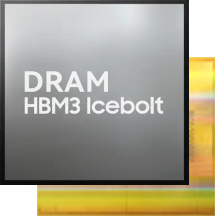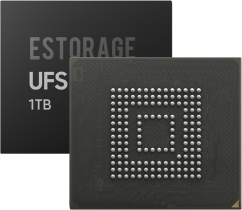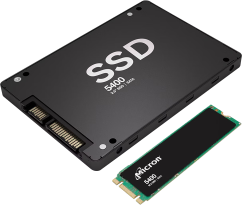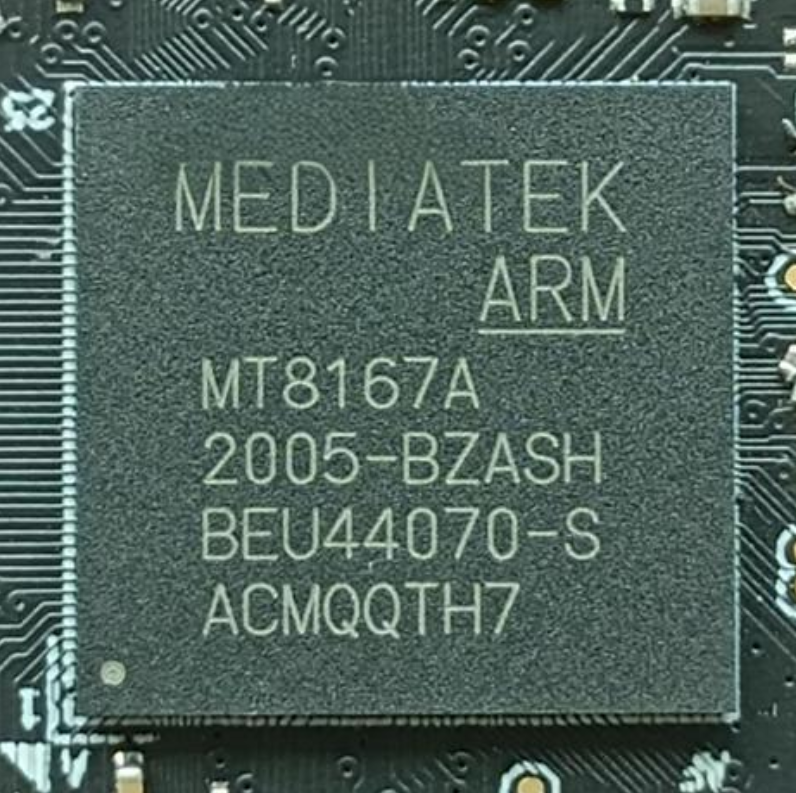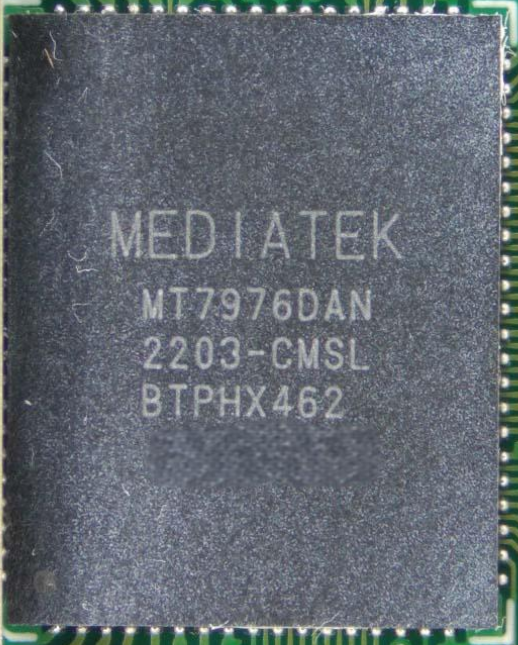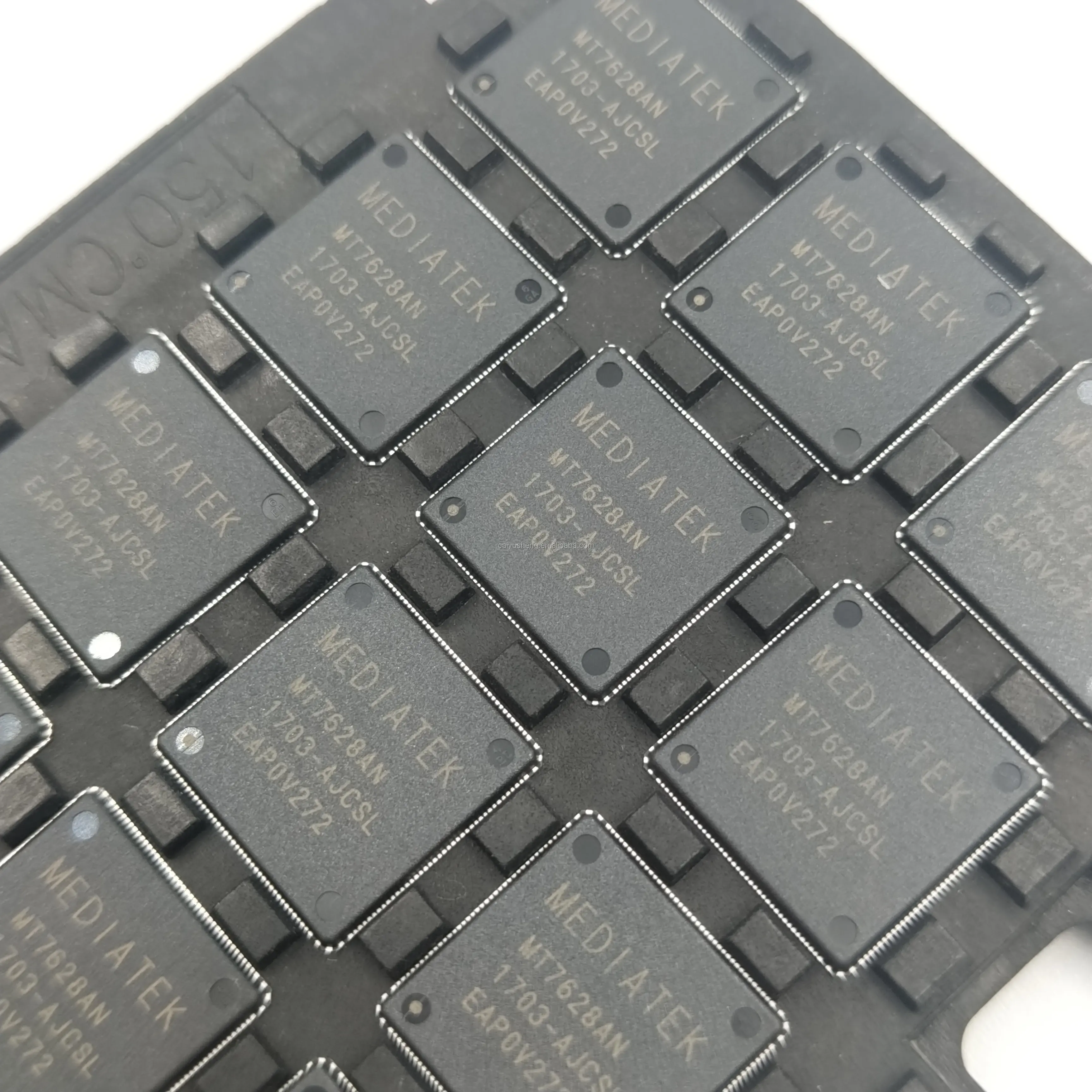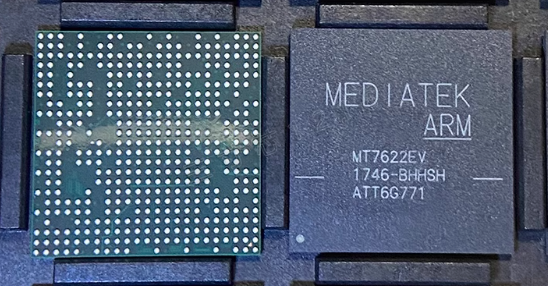Product Description
The MediaTek MT7688AN/A is a highly integrated system-on-chip (SoC) designed to meet the growing demands of networked devices and Internet of Things (IoT) applications. It offers an array of features that make it ideal for smart home routers, IoT gateways, network-attached storage devices, and other connected devices. By combining powerful processing with advanced connectivity options, this SoC is designed to provide high-performance, low-power solutions for both consumer and industrial applications.
CPU and Processing Power: The heart of the MT7688AN/A is its MIPS24KEc processor, running at speeds of up to 580 MHz. The MIPS architecture is widely used in embedded systems, offering a good balance of processing power and energy efficiency. With a 32-bit instruction set, the chip is well-suited for handling network traffic, data processing, and basic control functions in IoT and networking devices. The processing power is sufficient for use cases such as managing wireless and wired connectivity, routing traffic, and executing control algorithms for IoT devices. While not designed for high-performance computing tasks, it excels in scenarios where networking and data transfer are the main requirements.
Wi-Fi Connectivity: One of the standout features of the MT7688AN/A is its support for dual-band Wi-Fi 802.11ac. This provides the flexibility to operate in both the 2.4 GHz and 5 GHz frequency bands, which is essential for modern networking devices where both range and speed are required. On the 5 GHz band, the chip can achieve data rates of up to 433 Mbps, which is ideal for applications that require higher throughput, such as streaming or large file transfers. The 2.4 GHz band, while offering lower maximum speeds (up to 150 Mbps), provides better range, which is useful for long-distance wireless connections and devices located further from the router or access point.
The 2x2 MIMO (Multiple Input Multiple Output) technology enhances wireless performance by allowing the use of multiple antennas for both transmitting and receiving data simultaneously. This improves throughput and range, especially in environments with interference or obstructions, which is common in smart home and IoT scenarios. MIMO technology ensures that the MT7688AN/A delivers faster, more reliable connections, making it well-suited for high-traffic environments where multiple devices are connected to the same network.
Ethernet and USB Connectivity: In addition to its Wi-Fi capabilities, the MT7688AN/A offers Ethernet connectivity through its integrated Ethernet MAC, supporting 10/100 Mbps wired network speeds. This is especially useful in applications where a stable, wired connection is necessary, such as in networking devices, routers, or IoT gateways. Ethernet also provides an alternative when wireless connectivity is not ideal or when low latency is required.
The chip's USB 2.0 host/device support further extends its versatility, allowing for easy connections to a range of peripherals, such as storage devices (e.g., USB flash drives, external hard drives), printers, or even cameras. The USB OTG (On-the-Go) functionality enables the chip to operate as either a host or a device, depending on the application, which enhances the flexibility of the system design.
Memory and Storage: The MT7688AN/A is equipped with 64 MB DDR2 RAM, providing ample memory for managing system operations, handling network traffic, and buffering data. This memory size is well-suited for the embedded and IoT applications for which the chip is designed. In addition, the chip supports SPI Flash for external storage, which can be used for firmware storage, configuration data, and application code, allowing for flexibility and scalability in embedded systems.
Power Efficiency: Designed with low power consumption in mind, the MT7688AN/A features multiple power-saving modes, including deep sleep and idle modes, which are ideal for battery-powered IoT devices that need to operate for extended periods without recharging. The chip operates on a 3.3V supply, which is standard for embedded systems, and features efficient power management to help optimize energy usage across different operational states. The low power consumption, combined with the chip's ability to enter sleep modes when idle, makes it ideal for energy-sensitive applications.
Security and OTA Updates: Security is a critical consideration for IoT and networking devices, and the MT7688AN/A includes a hardware security engine that supports secure boot, encryption, and authentication to safeguard data and prevent unauthorized access. The OTA (Over-the-Air) update functionality allows for easy remote updates of firmware, providing a convenient way to fix bugs, patch security vulnerabilities, or add new features without requiring physical access to the device. This is particularly important for IoT applications where devices may be deployed in remote or hard-to-reach locations.
Flexibility and Integration: The MT7688AN/A's support for a variety of interfaces, including SPI, I2C, UART, and GPIO, makes it highly flexible, allowing developers to integrate a wide range of sensors, actuators, and external peripherals. This extensive I/O capability is crucial for IoT applications, where different devices may need to be connected and controlled. The chip can easily be adapted to various product designs, from smart thermostats and home automation systems to wireless gateways and networked storage devices.
Conclusion: The MediaTek MT7688AN/A is a highly versatile SoC designed for IoT, networking, and embedded systems applications. With its integrated dual-band Wi-Fi 802.11ac, Ethernet, USB, and multiple I/O interfaces, it provides a flexible and powerful solution for a wide range of connected devices. Its low power consumption, combined with robust security features and OTA update support, makes it an excellent choice for building reliable, energy-efficient, and secure IoT and networking solutions. Whether used in home automation, smart routers, or industrial IoT applications, the MT7688AN/A offers a strong balance of connectivity, performance, and power efficiency.
Specification
CPU:
Processor: MIPS 24KEc core.
Clock Speed: Up to 580 MHz, capable of handling network traffic and basic processing tasks effectively.
Architecture: 32-bit, optimized for low-power, high-efficiency networking applications in embedded systems and IoT devices.
Instruction Set: MIPS32, providing a balance between performance and power efficiency.
Wi-Fi:
Wi-Fi Standard: IEEE 802.11ac dual-band Wi-Fi (2.4 GHz and 5 GHz).
Maximum Data Rate: Up to 433 Mbps on the 5 GHz band and 150 Mbps on the 2.4 GHz band.
MIMO: Supports 2x2 MIMO (Multiple Input Multiple Output), which improves throughput and range by using multiple transmit and receive antennas.
Wi-Fi Security: Supports WEP, WPA, WPA2, and WPA3, offering robust security for wireless communications.
Ethernet:
Ethernet MAC: Supports 10/100 Mbps Ethernet for wired network connectivity, ideal for applications requiring stable, high-speed connections.
Support for Bridging: The chip can operate as a wireless AP (Access Point) or a router, enabling flexible networking configurations.
USB:
USB 2.0 Host/Device: Supports USB 2.0 for both host and device modes, enabling connection to a wide variety of USB peripherals, such as storage devices, printers, or cameras.
USB OTG (On-the-Go): The USB functionality includes OTG, allowing devices to function either as a host or a peripheral.
Memory:
Internal RAM: 64 MB DDR2 RAM, providing sufficient memory for system operations and data buffering.
External Storage: Supports SPI Flash for external storage, useful for firmware updates, configuration data, and application code.
Interfaces:
SPI, I2C, UART: Various communication interfaces for connecting external peripherals like sensors, displays, and actuators.
GPIO Pins: General Purpose I/O pins for flexible control of external devices.
Power Management:
Low Power Consumption: Designed for low-power operation, with multiple power-saving modes to extend the life of devices.
Power Supply: Operates on 3.3V supply, with flexible options for power management in embedded systems.
Security:
Hardware Security Engine: Provides secure boot, encryption, and other security protocols to protect sensitive data and prevent unauthorized access.
Over-the-Air (OTA) Updates: Supports OTA updates, allowing for remote firmware upgrades and maintenance.


